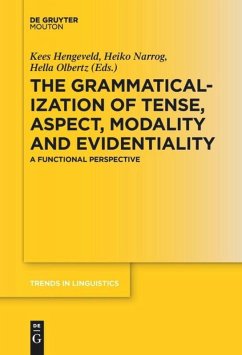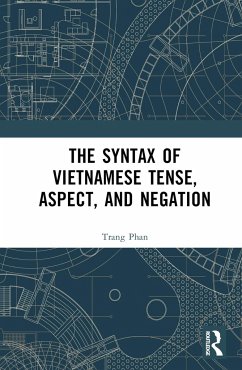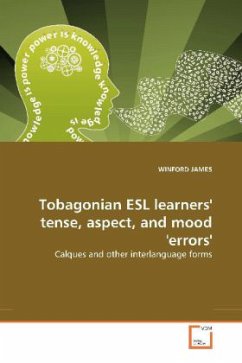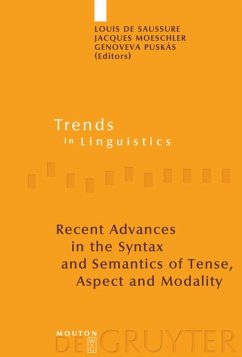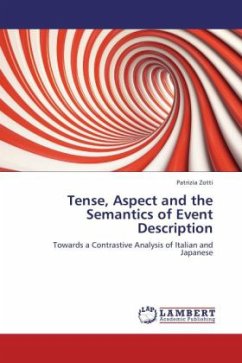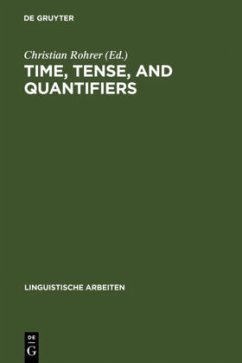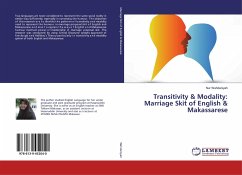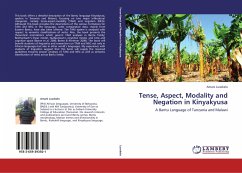
Tense, Aspect, Modality and Negation in Kinyakyusa
A Bantu Language of Tanzania and Malawi
Versandkostenfrei!
Versandfertig in 6-10 Tagen
43,99 €
inkl. MwSt.

PAYBACK Punkte
22 °P sammeln!
This book offers a detailed description of the Bantu language Kinyakyusa, spoken in Tanzania and Malawi, focusing on two major inflectional categories, namely tense-aspect-modality (TAM) and negation (NEG). Although this book provides the descriptions of the various formatives for TAM and NEG in the language, some comparative data, mainly from Eastern Bantu, have also been offered. The TAM system is analysed with respect to semantic classifications of verbs. Also, the book presents the theoretical orientations which govern TAM analyses in Bantu family: Reichenbach s linear model, Guillaumean s...
This book offers a detailed description of the Bantu language Kinyakyusa, spoken in Tanzania and Malawi, focusing on two major inflectional categories, namely tense-aspect-modality (TAM) and negation (NEG). Although this book provides the descriptions of the various formatives for TAM and NEG in the language, some comparative data, mainly from Eastern Bantu, have also been offered. The TAM system is analysed with respect to semantic classifications of verbs. Also, the book presents the theoretical orientations which govern TAM analyses in Bantu family: Reichenbach s linear model, Guillaumean s cognitive model, and time and cognitive space (Botne et al. 2006; Botne & Kershner 2008). The book will benefit students of linguistics and researchers on TAM and NEG not only in African languages but also in other world s languages. My experience with students of linguistics suggest that this book will supply the required guidelines towards proper analyses of TAM and NEG as well as semantic classification of verbs across Bantu family.




